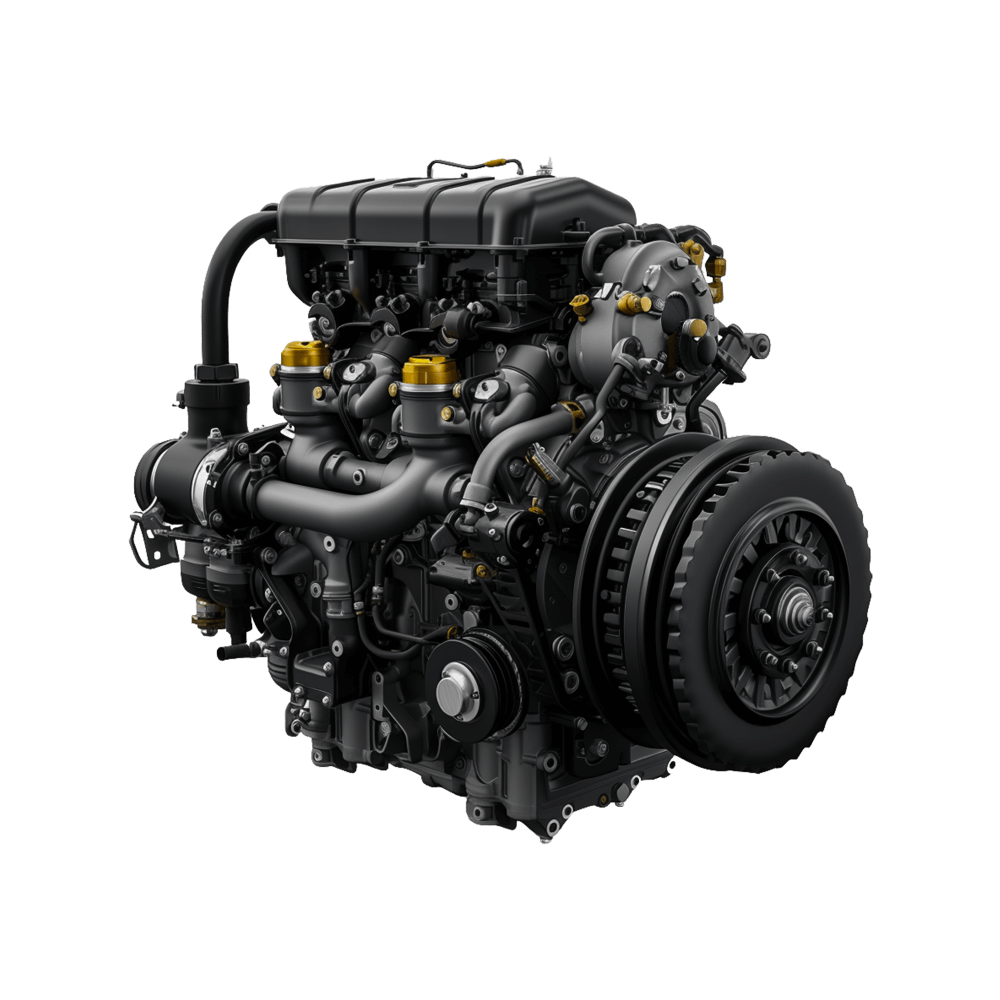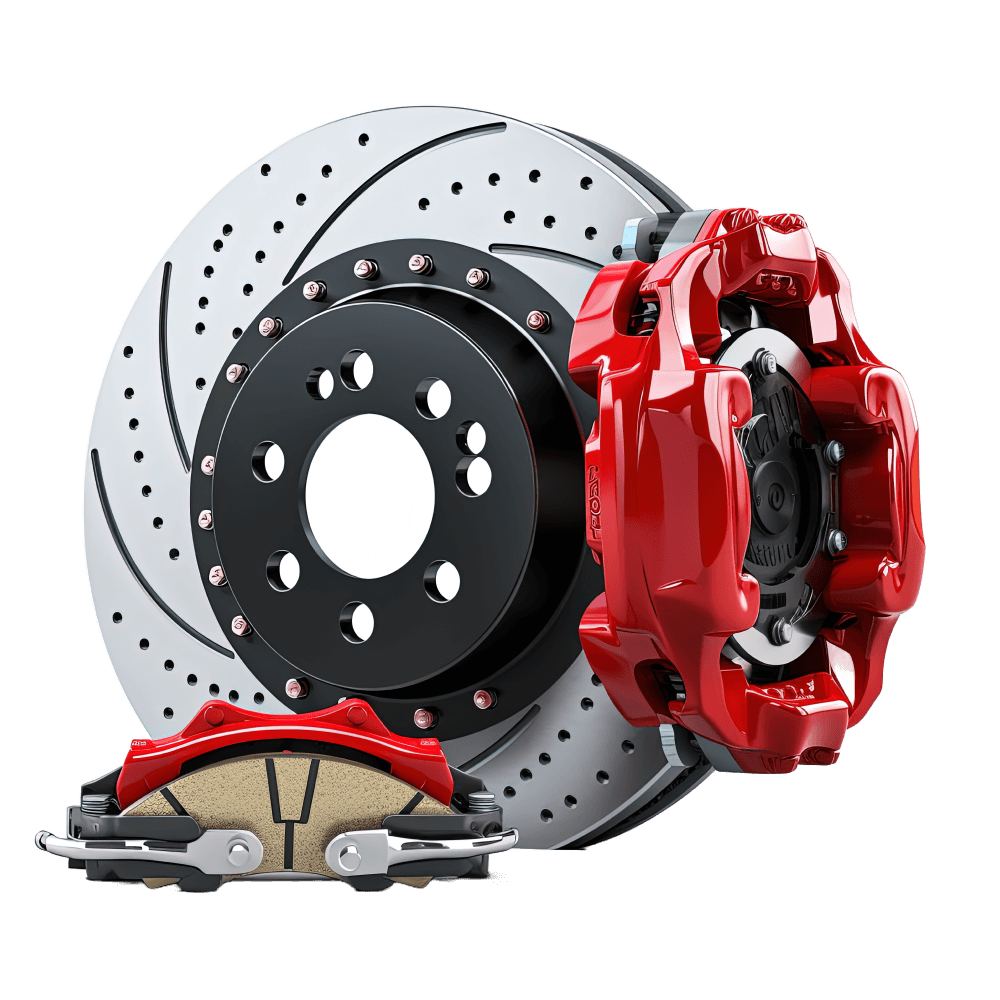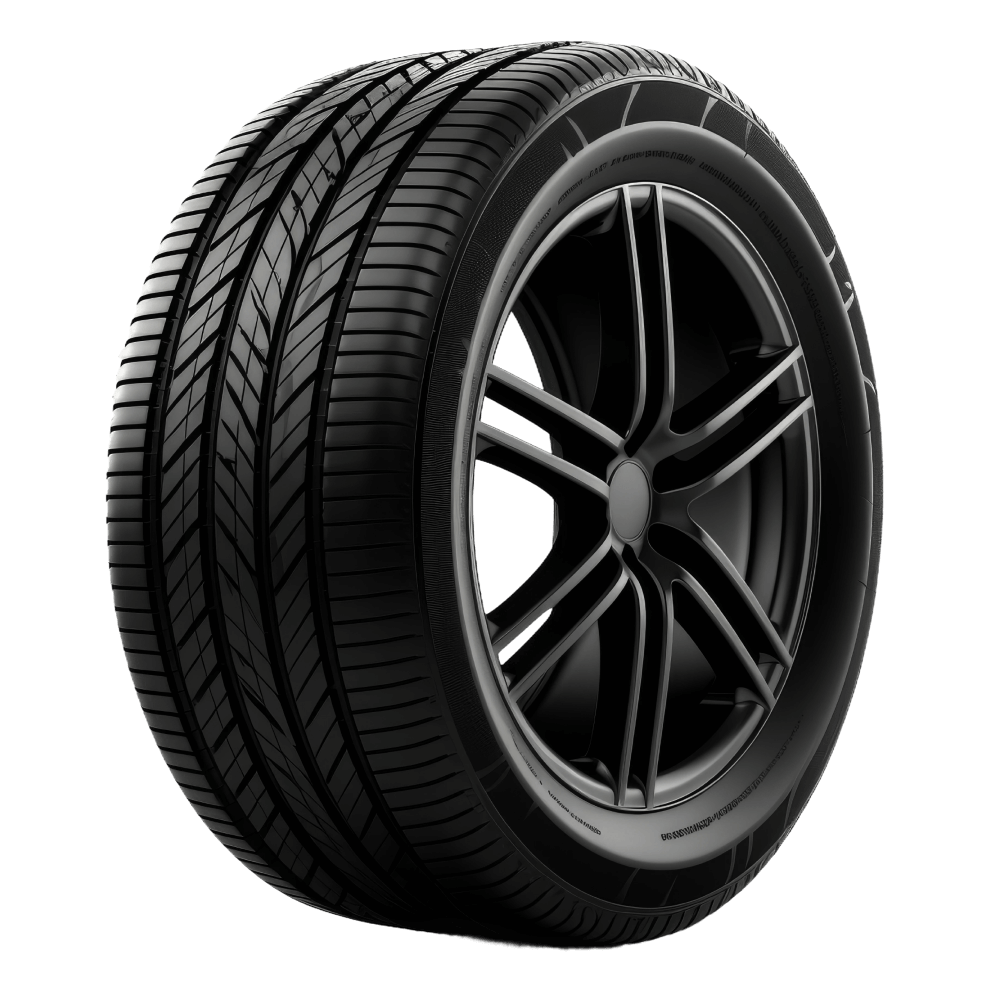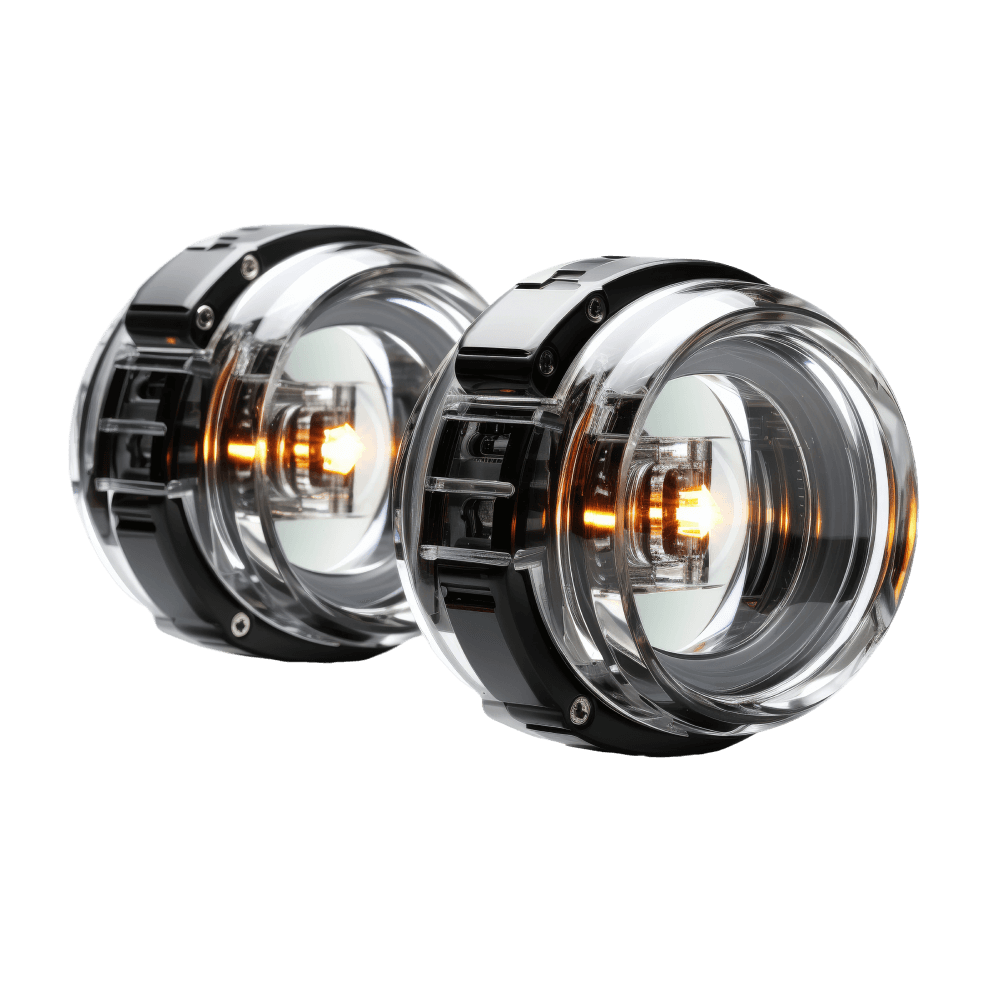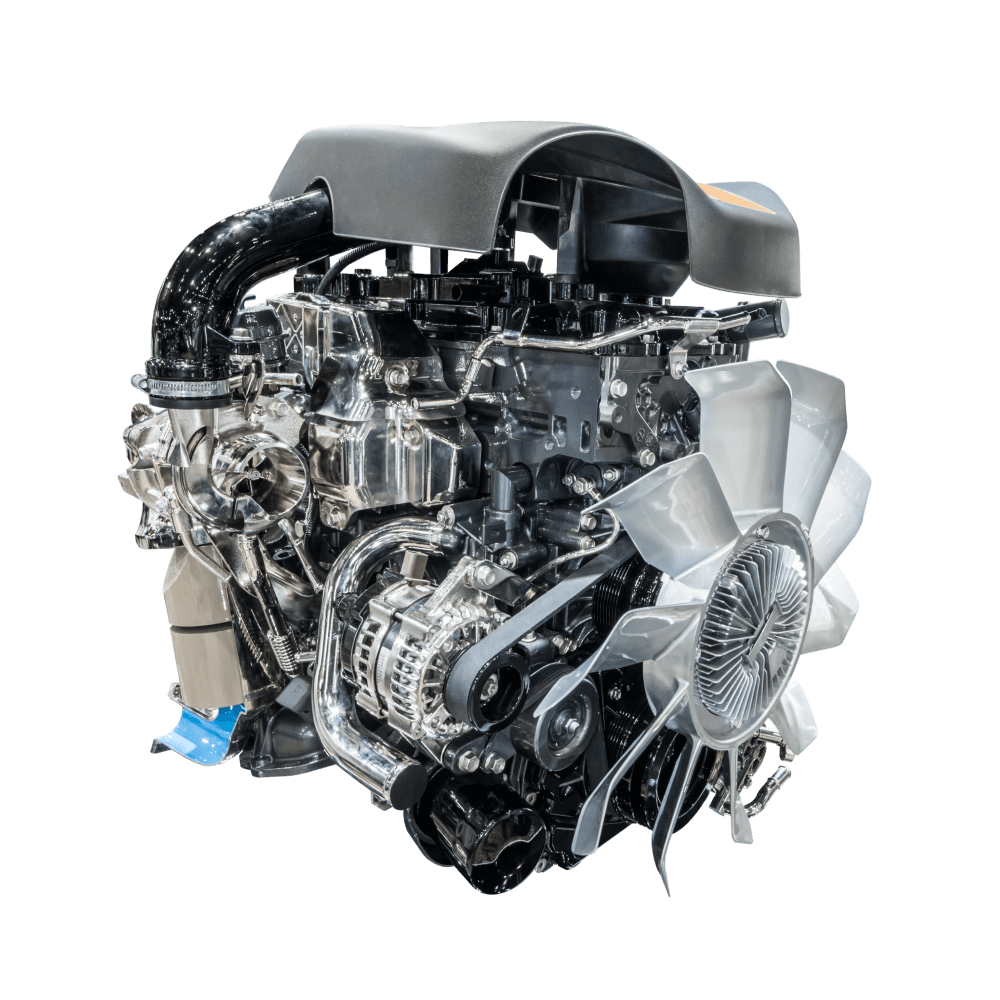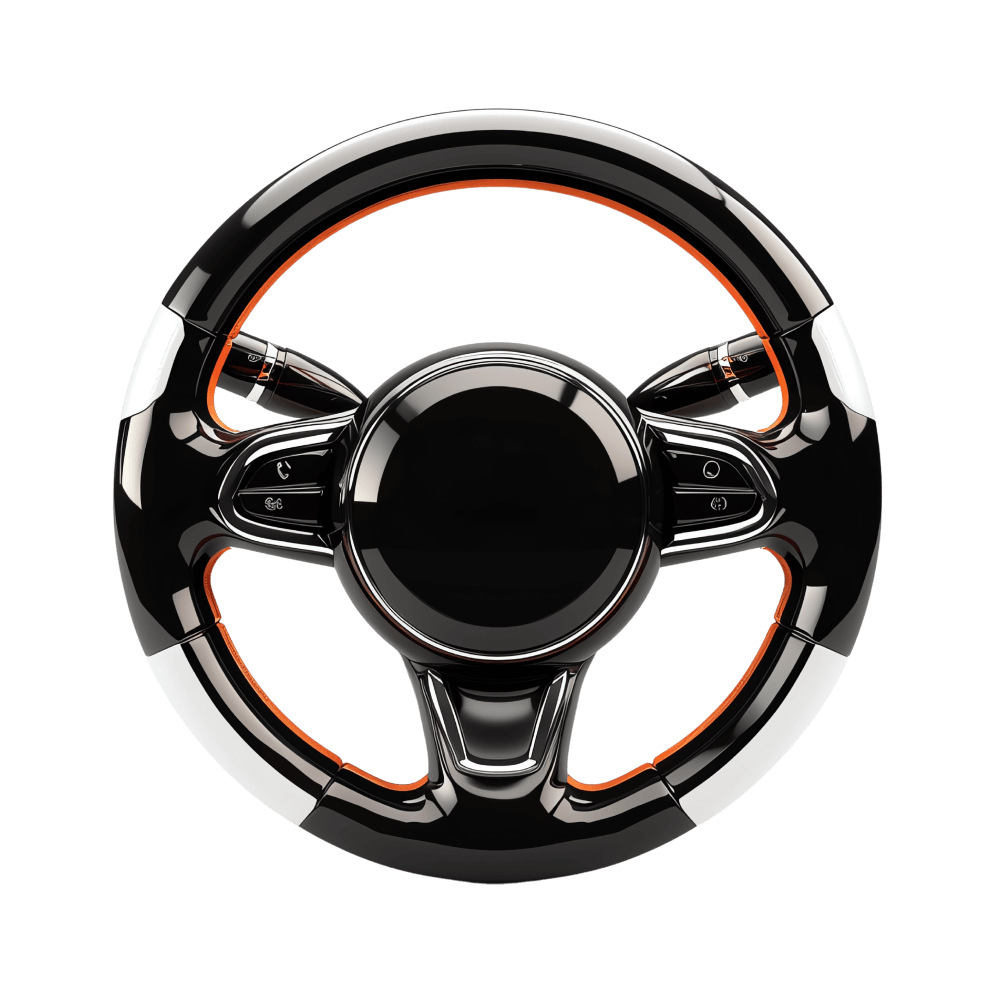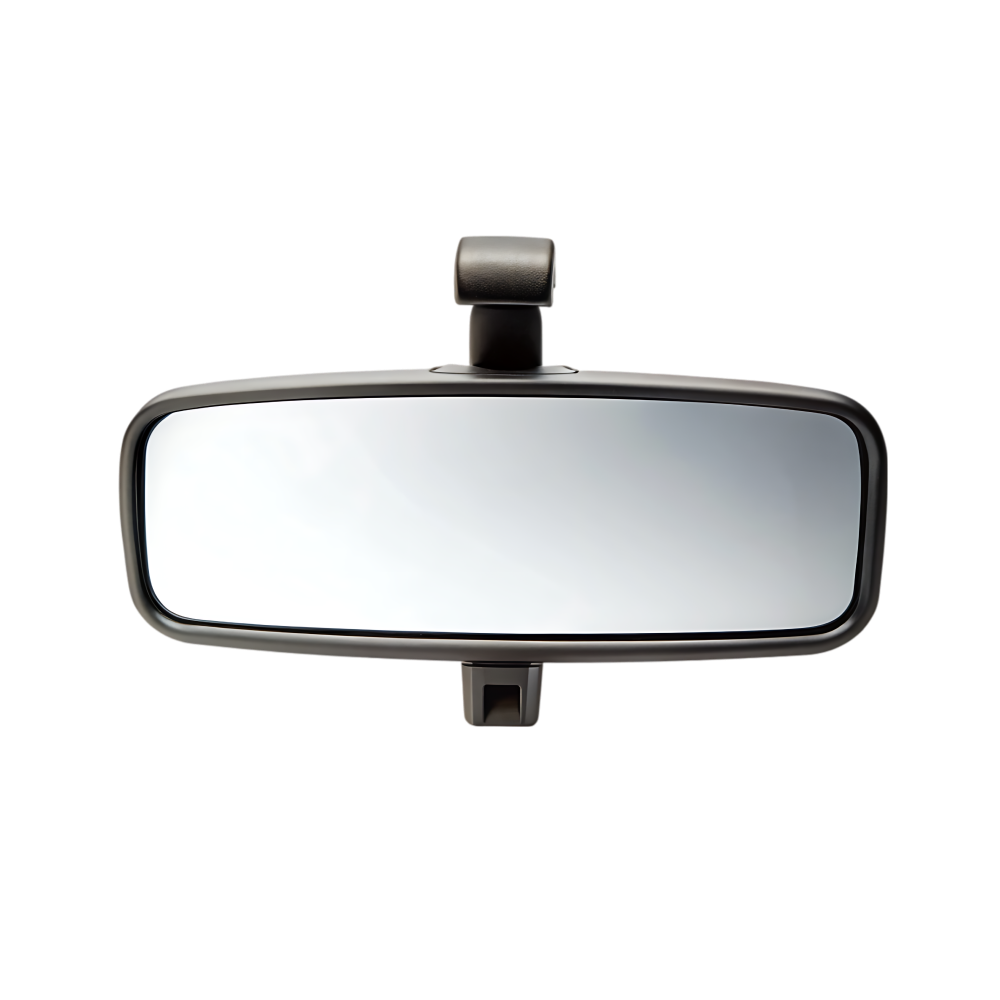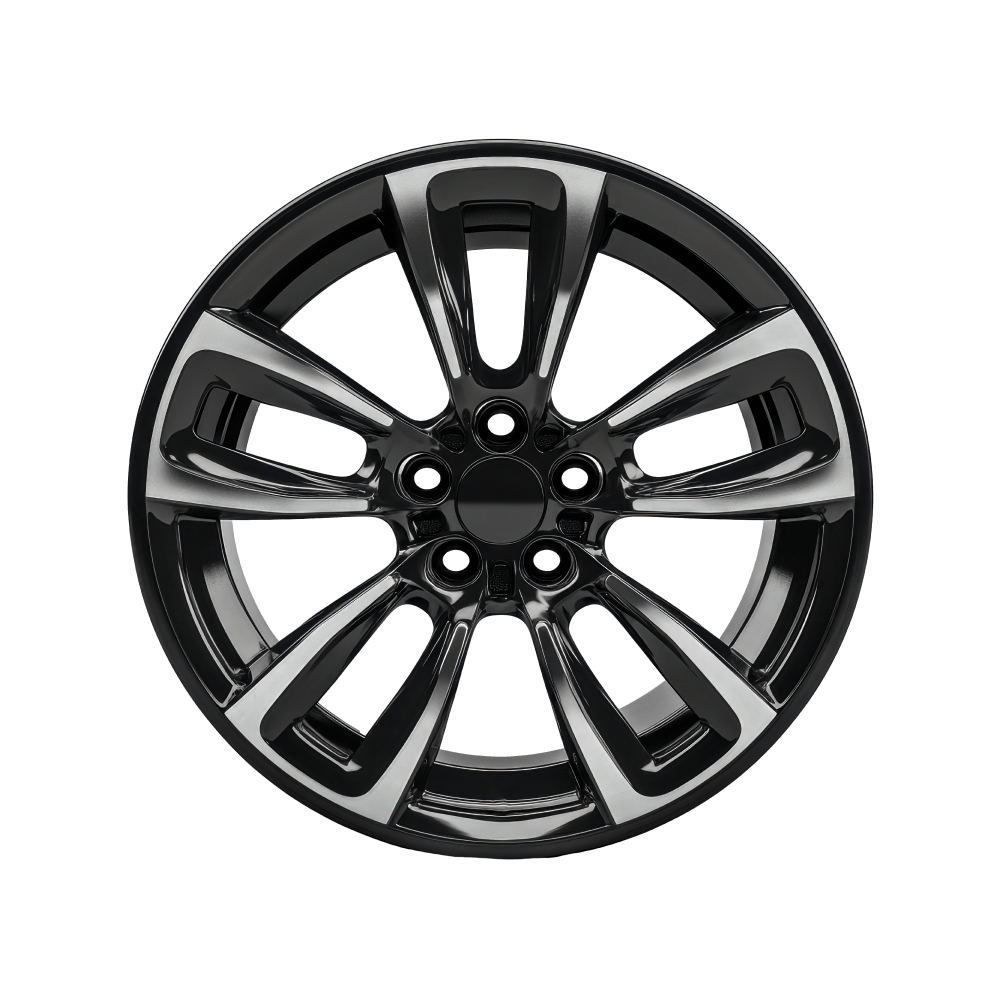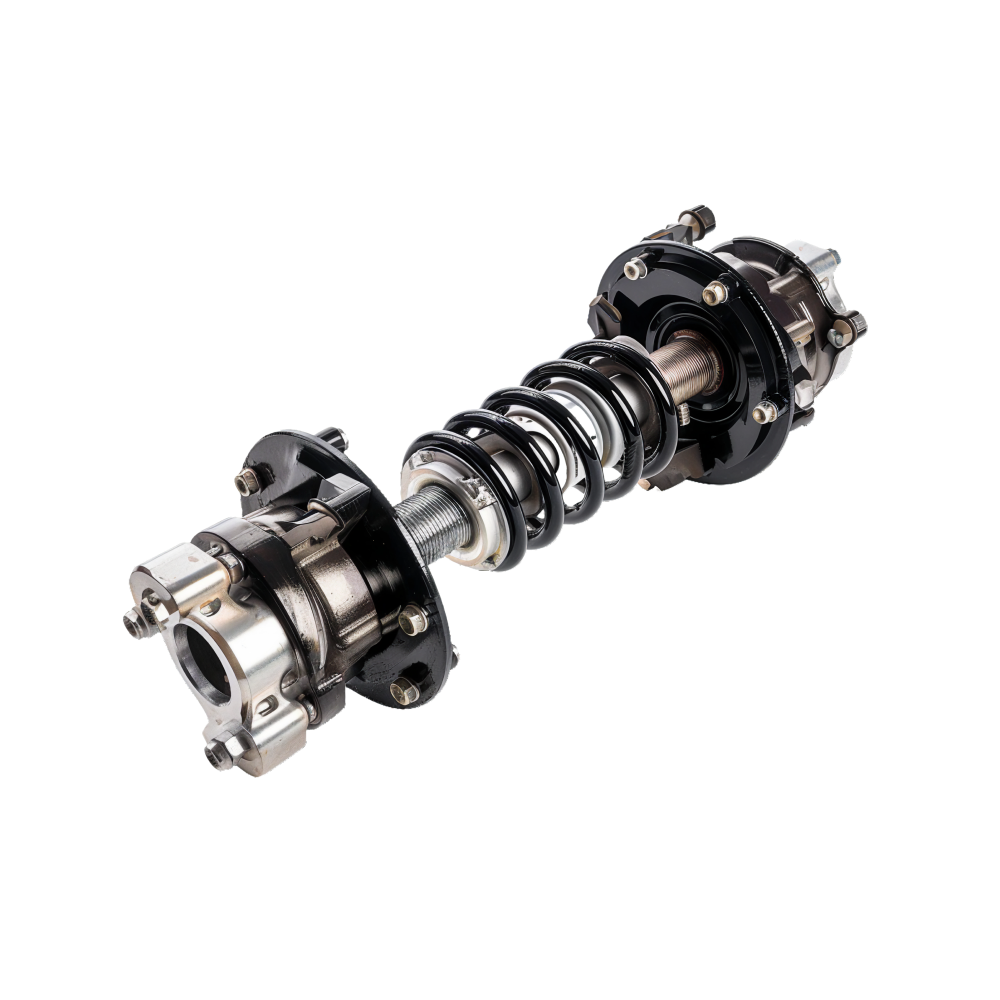All hail the great Class of 1999.
New auto models from 1999 will celebrate their 26th year at the Woodward Dream Cruise’s giant auto reunion this weekend — and their official coronation as antique cars under Michigan law. The Secretary of State bucks convention by declaring cars antiques after 26 years — not a quarter century — which makes them eligible for historic plates at a flat fee of $30 for 10 years and (likely) reduced insurance costs.
In ‘99 the Tigers played their last season at Michigan and Trumbull, the archrival Colorado Avalanche denied the Red Wings a shot at their third straight Stanley Cup, the post-Barry Sanders Lions made the playoffs, and the Pistons endured a season-shorting NBA lockout. The Dow crested 10,000 for the first time, the first Matrix movie thrilled, Legoland opened in California, Y2K doomsayers predicted Armageddon, and future NBA star Luka Doncic was born.
Automakers birthed their own future classics from mega-utes to sedans (remember them?) to wee sports cars. Here’s a look at the new antiques …
They don’t get any more wee than Miata.
Mazda introduced the MX-5 in 1992 as a 2,200-pound, stick-shift throwback to 1960s European sportscars like the Lotus Elan and Fiat 124 Spider. MX-5 was an instant hit and became an enduring halo for Mazda’s performance brand. After skipping the ‘98 model year, 1999 brought Miata’s much-anticipated second-gen. Would it suffer a sophomore slump? Nope.
The new Mazda got a 24-horsepower bump over the original to 140 from its four-cylinder engine (while only gaining 100 pounds). Designers added more curves while removing the pop-up headlights. The rarest of the ‘99s are 10th Anniversary Edition models, which came equipped with unique wheels, a two-tone blue and black interior and Sapphire Blue Mica paint.
Before there was an electron-guzzling F-150 Lightning pickup, there was a gas-guzzling SVT F-150 Lightning V-8.
It was a beast with 348 cubes, 360 supercharged ponies and 139 mph top speed. And when it wasn’t towing 5,000 pounds, it could launch from 0-60 mph in 5.8 seconds. It stood out from its sibling F-150s with dual exhaust tailpipes and SVT-badged seats.
Along with late 20th-century pickups like the Dodge Lil’ Red Truck, Chevrolet 454 SS and GMC Syclone, SVT Lightning helped establish a niche of muscle-bound trucks that continues to this day.
The OG SUV received major upgrades for its second-generation, including a 4.7-liter V-8 engine to complement the standard 4.0-liter V-6. Owners had fussed about the spare tire’s location in the cargo wall, so engineers hid it underneath.
Unchanged was the Jeep’s signature off-road capability with standard all-wheel drive (Quadra-Drive full-time AWD optional) and Wrangler-like solid axles front and rear. The classic seven-slot grille and boxy shape signal Jeep from a mile away on Woodward.
The fourth-gen Bimmer 3-series still ranks as a purist favorite for its sleek styling, high-revving M performance model (more on that come 2027 when it turns 26 years young), unflappable road manners and a multitude of body styles, including convertible and wagon.
The so-called E46 generation also debuted electronic bits foreshadowing innovations that have transformed today’s vehicles: satellite navigation, electronic brake-force display, rain-sensing wipers and LED taillights.
At its heart beat a signature 2.5-liter, inline six-cylinder engine that, while smooth, lacked the ponies of the Infiniti G35’s 260-horsepower 3.5 liter V-6 — and therefore finished second in a Car and Driver comparison test. The G35? Gone from the market, as are other competitors from 1999, including the Acura TL, Saab 9-3 and Jaguar X-Type 3.0.
One of three sedans based on the LH platform (including the Dodge Intrepid and Chrysler Concorde), the 300M was a peach. It featured upscale styling, taut handling and easy power from its 254-horse V-6. Enthusiast publication Motor Trend crowned it Car of the Year.
In naming the Chrysler to its annual Ten Best list alongside classics like the Porsche Boxster and BMW Z3, Car and Driver wrote: “the 300M can be hurled through sporting roads with a surety and enthusiasm that will make you forget you’re transporting three passengers and their luggage. We rarely encounter such capabilities in luxury sedans priced near $30,000. That value is perhaps the 300M’s greatest achievement.”
Alas, 300M had a short shelf life and production ended after the 2004 model year. The good news? It was succeeded by another future classic, the V8-powered 300 gangster-mobile in 2005. Huzzah.
Sales of VW’s iconic, rear-engine Bug were discontinued in the United States after 1976, and the compact was replaced by the front-engine Rabbit/Golf.
Two decades later, boomers went ga-ga for retro, so V-dub brought Beetle back to life based on the Golf’s front-wheel-drive chassis. Complete with a built-in flower vase, the Beetle legend was rebooted for another 20 years.
Bug Part Two was awarded Motor Trend Import Car of Year and North American Car of the Year.
Have the words “humble” and “Escalade” ever been used in the same sentence?
In response to the popular pickup-based Lincoln Navigator, GM rushed the Escalade to market in 1999 as a humble, rebadged GMC Yukon Denali mega-ute. The exterior was little changed from the Yukon (wheel caps were changed to Cadillac from GMC), but the real difference was inside, where Escalade introduced real wood trim on the doors and the same leather found in Caddy cars.
Based on the Chevy Silverado and GMC Sierra ladder frame, the humble ’99 was only a two-row but capable of towing up to 6,500 pounds. Come 2001, the Caddy would be redesigned with three rows and its now-signature, bling-tastic crest grille and Fox Theatre-like vertical taillights so rappers, pro athletes and other celebs could party inside like it was 1999.
Not to be outdone by Michigan’s curious 26-year antique law, the feds have their own historic eccentricity: after 25 years you can import cars that weren’t legal on U.S. roads in 2000. My favorite not-legal-now-legal car for ‘25 is the track-focused 2000 Lotus Exige complete with rear wing, front splitter and wide bodywork. This race car for the street weighed a mere 1,750 pounds and was dynamite to drive with its four-banger making a healthy 177 horsepower.
More on its Class of 2000 peers next year.
Henry Payne is auto critic for The Detroit News. Find him at hpayne@detroitnews.com or @HenryEPayne.


